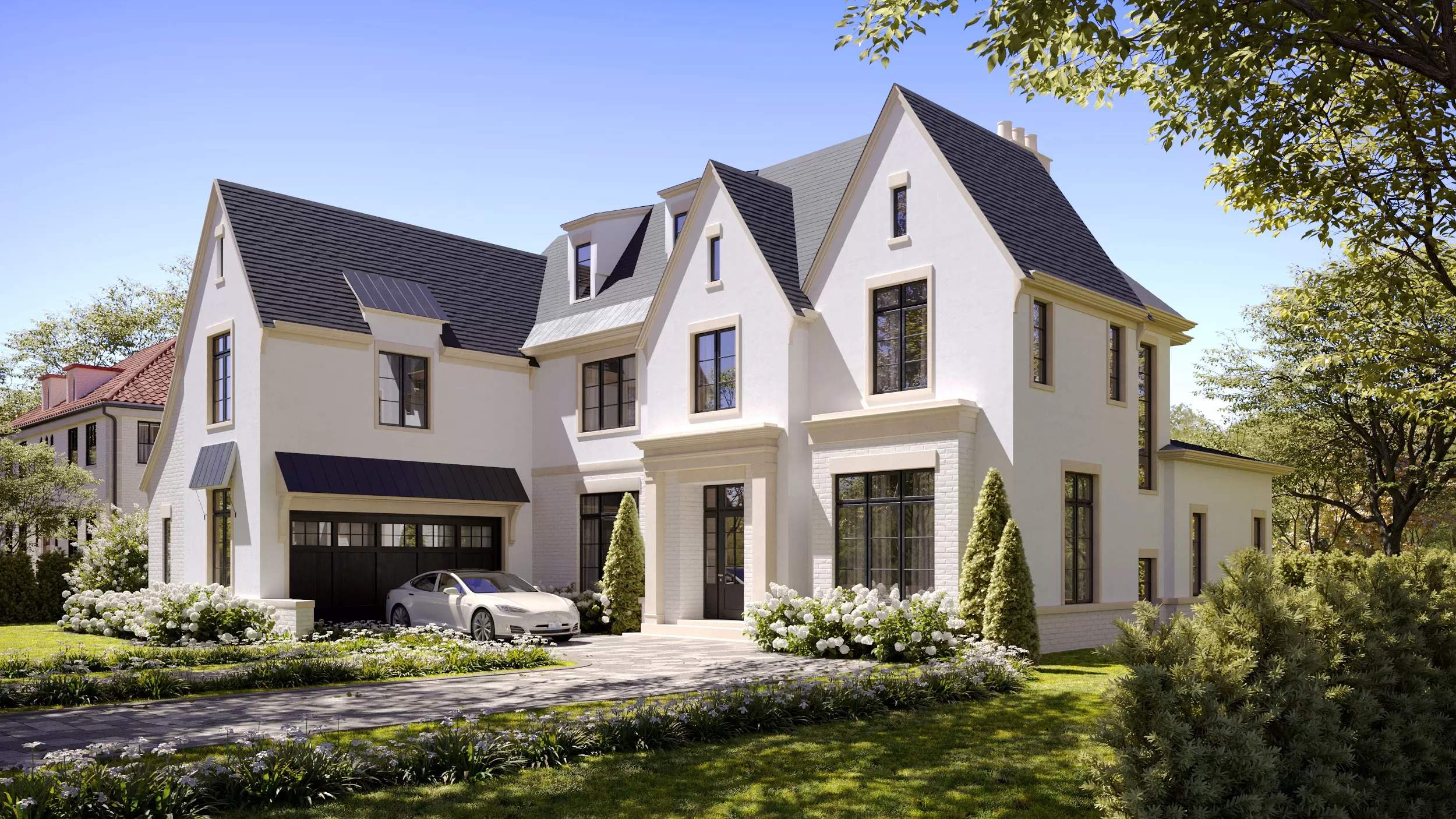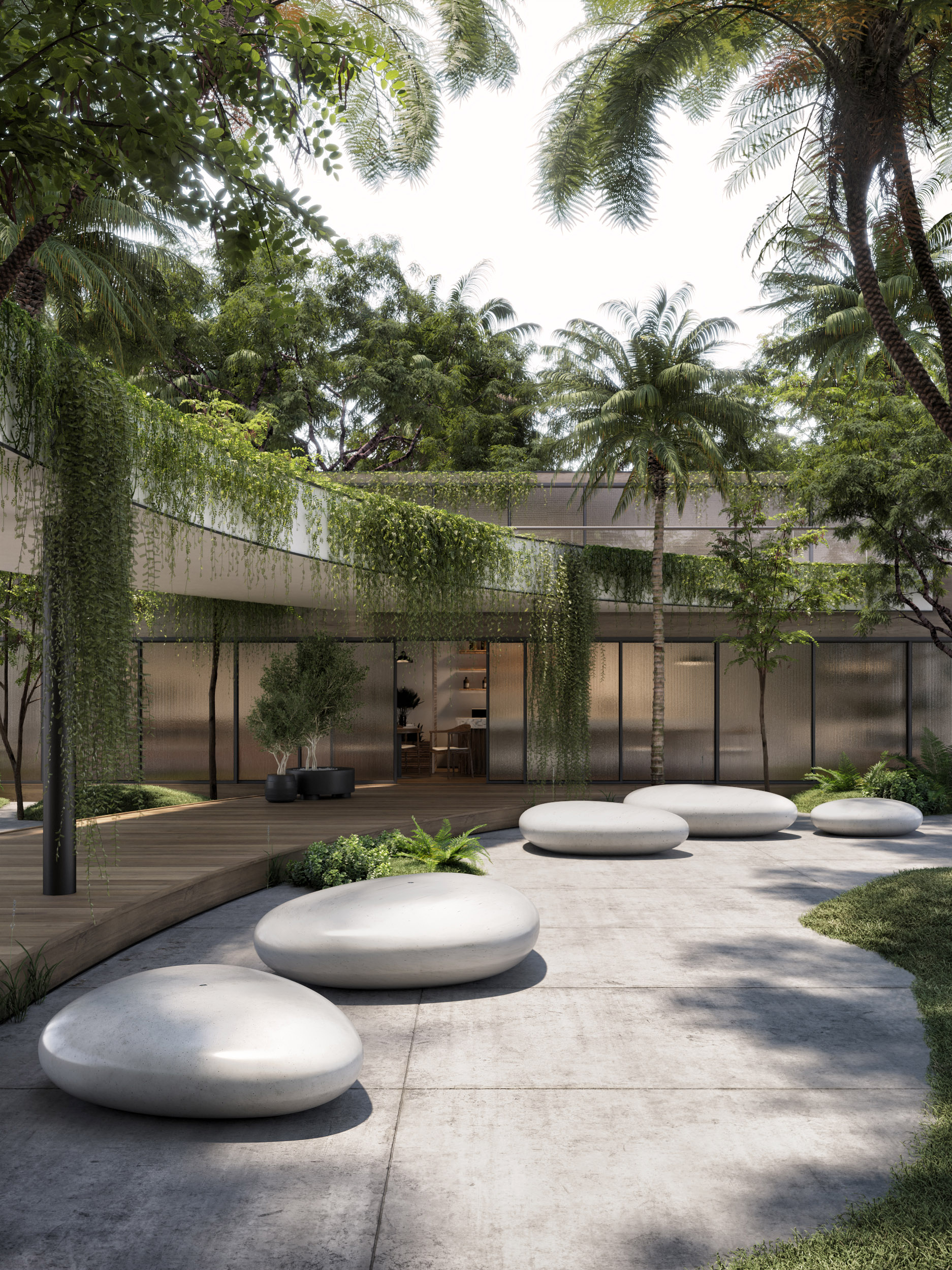
Interested in the world of 3D architectural rendering services, I’m happy to welcome you on this journey, where imagination turns into visually compelling, photorealistic experiences. As someone who’s been working in architectural visualization for about a decade, I can tell you, this field isn’t just about making buildings look pretty. It’s about helping people see and *feel* spaces before they even exist. Let’s dive into what 3D architectural rendering is, the different types, and what makes it so essential (and fascinating).
What is Architectural 3D Rendering?
Simply put, architectural 3D rendering is the art of creating digital images or animations (videos) that show what a building or space will look like, even if it’s just a project that has not started yet. It’s the work of a team where architects, designers, and 3D rendering artists collaborate to produce realistic architectural 3D models that can be viewed from different angles, and, if dug deeper, you can get inside the project with accurate textures, lighting, and even landscaping.
3D architectural rendering services bring an added dimension to the process, helping clients understand exactly what they’re investing in. These visuals can make all the difference in getting a project green-lit because, let’s face it, some people need more than blueprints to get the picture!
Types of 3D Architectural Rendering
Types of architectural rendering can vary to suit each unique style—like exterior rendering, aerial views, or interior designs—or combine multiple types in one project. There’s a wide range of architectural visualization services out there, each tailored to different project needs and budgets. Here are some popular types of 3D rendering architecture:
- Exterior Rendering: Exterior rendering showcases the building’s facade in its full glory, bringing it to life with accurate lighting, weather effects, and landscaping.
- Interior Rendering: Interior rendering zooms in on what’s inside—like room layouts, textures, furniture, and lighting—to create the feeling of being inside the space. It’s ideal for homebuyers or businesses trying to picture their future office space.
- Aerial Views: Aerial renders give clients the “big picture,” capturing buildings from a bird’s-eye view and showcasing their relationship to the surrounding environment.
- Architectural Walkthroughs: Architectural 3D walkthroughs offer clients the ultimate immersive experience, letting them “walk through” the space. These are ideal for large commercial projects where clients want to understand flow and layout.
- Virtual Reality (VR) and Augmented Reality (AR): VR and AR in 3D architectural visualization allow clients to feel like they’re already standing in the space, bringing a new level of immersion. It’s like giving them a personal tour—from the comfort of their own couch.
What is the Best 3D Rendering Software for Architecture?
In my experience choosing the “best” architecture rendering software depends on the project and the artist’s style. Each software has its pros and cons so the artist has to decide for themselves what kind to choose. Most popular programs offer a trial period, which is great because you can try and decide. That said, here are some favorites across architectural rendering companies:
- 3ds Max with V-Ray: Industry professionals consider 3ds Max with V-Ray a classic. It produces hyper-realistic renders and has become almost a standard for many architectural visualization studios, for us as well, we at Freedes use 3ds Max for our rendering works.
- SketchUp: Beginners love SketchUp for its user-friendly design and quick modeling capabilities. While it may not be as powerful as some other software, architectural rendering companies still favor it for producing solid results fast.
- Lumion: Lumion saves the day with its speed and ease of use, making it perfect for creating beautiful renders in no time, especially for those focused on landscaping and environmental effects.
- Blender: As a free, open-source option, Blender has made impressive strides and is now widely used in architectural 3D visualization. It also boasts a large community and tons of plugins to explore.
Each architectural rendering company might swear by a different tool, but what really matters is how the software helps visualize architectural 3D models.
Can AI do Architectural Rendering?
The rise of AI is changing how we approach 3D rendering services. AI can already assist in generating preliminary renders or automating parts of the process, like lighting or texture application. But, can AI replace the nuanced artistry and decision-making involved in 3D architectural rendering services? Not quite – at least, not yet.
As someone who loves the creative part of architectural rendering, I think AI can be a fantastic tool to speed up workflows and handle repetitive tasks. Still, it lacks the human touch, that instinct for how a space should feel. An architectural visualization company might incorporate AI, but the best results come from skilled artists and designers who know how to shape an emotional response.
How Do We Charge for Architectural Renders?
Ah, the money question! Pricing architectural rendering services is a bit of an art form in itself, as it depends on factors like complexity, detail, time, and revisions. Here’s a breakdown of common pricing methods used by architectural rendering studios:
- Per Project: Companies often use a flat fee per project for smaller or straightforward jobs, basing the price on the project’s scope. This method works well for clients who need a set number of renders and a clear budget from the start.
- Per Image or View: Architectural rendering studios typically charge per view or “shot” for residential projects, where clients request specific angles of a house or room.
- Per Square Foot: For very large commercial spaces, some companies charge based on the area to be visualized. Although less common, this pricing method can be useful for extensive projects.
The cost for rendering services varies by the artist’s experience, the quality of the architectural renders, and whether the project involves simple architectural visualizations or full 3D architectural walkthroughs with all the bells and whistles.
Wrapping Up
Architectural 3D rendering services are a game-changer in the architecture world, connecting imagination and reality. From architectural walkthroughs to interactive VR experiences, these visuals play a huge role in decision-making and project approvals.
The future of rendering architecture may involve more AI and automation, but the heart of architectural 3D visualization remains the same: telling a story and creating a vision that resonates. So next time you look at a render, remember the team (and possibly a few cups of coffee) behind it!
















